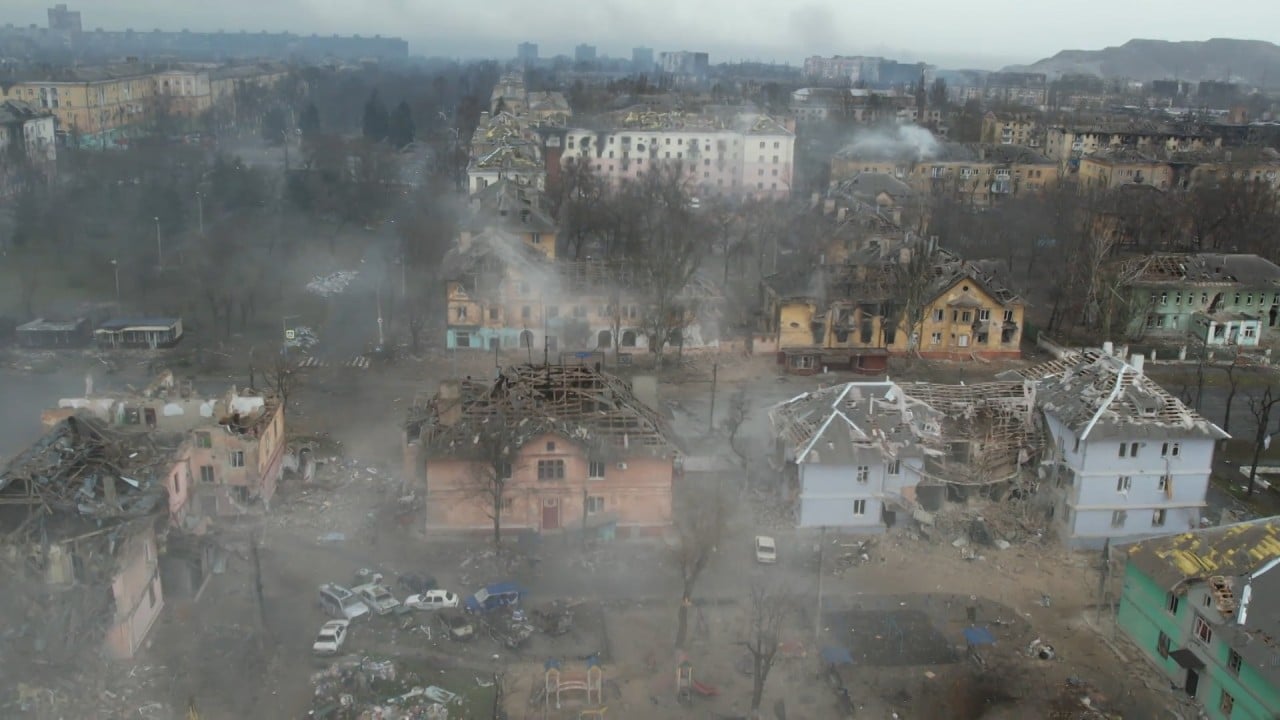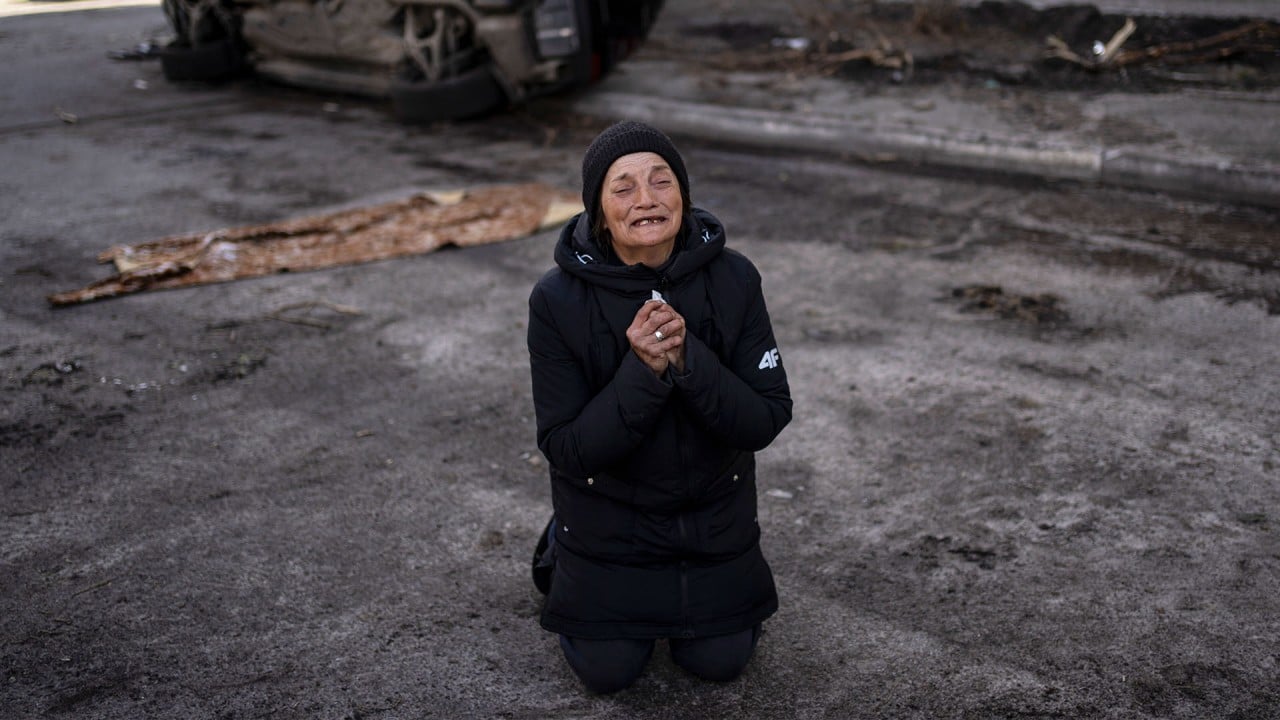
How Chinese state media paints an alternative picture of the Ukraine war
- The Beijing media sphere has created a parallel universe where the Russians are the good guys and the real villains are the US and Nato
- This narrative accords with Moscow’s contempt for the idea of Ukraine’s sovereignty and gives viewers a twisted, incomplete view of events
Ever since February 24, the day Russian troops crossed the Ukraine border and began firing missiles and dropping bombs, Beijing has had to balance itself on a narrative tightrope based on its twin policy of leaning towards Russia and away from the US.
In the Chinese narrative, Ukraine is granted little or no agency. The CCTV graphics department, for example, posts maps in which Ukraine doesn’t have borders, as if it were not really a country.
CCTV and other mainland media have had to bend over backwards to produce Ukraine content in keeping with guidelines. It’s so hard that many Chinese TV producers appear to have given up trying and instead import the news directly from Moscow, following the lead of the Kremlin news releases.
Almost every day in the CCTV news cycle, at least one Russian politician is given precious airtime. There have been days when it looked like Izvestia and Russia Today had been invited to guest-host CCTV News.
Repeat appearances include Putin, of course, as well as Prime Minister Mikhail Mishustin, Foreign Ministry spokeswoman Maria Zakharova, Putin press secretary Dmitry Peskov, former president Dmitry Medvedev and Vyacheslav Volodin, the chairman of the Duma.
Some of the material has editorial value in their insights into how Russia defends its unilateral thrust into Ukraine to itself and the world. However, the CCTV copycats swallow it without a murmur of disagreement.
One suspects that the twisted logic and verbal gymnastics may be distasteful even to CCTV’s veteran news readers and stable of military and political guest commentators, despite their acquired expertise of massaging the news to fit party dictates.
Russia ‘would deploy nuclear arms’ if Finland, Sweden join Nato
The implication is that Russia would win easily if it was really fighting a war, but this is just a “special military operation”. China goes along with this ruse, content to characterise the whole mess as the “Ukraine situation” devoid of cause or effect.
To date, the strongest language CCTV has used is “conflict,” but that is changing. This week, it introduced a sly new narrative suggesting the “conflict” can be pinned on Western media. A CCTV reporter in Moscow is shown on CCTV-13’s report of April 18 asking questions about the Western media’s “invasion” of Ukraine. Such is the Orwellian universe that Beijing wants true believers to accept.
Philip J. Cunningham has been a regular visitor to China since 1983, working as a tour guide, TV producer, freelance writer, independent scholar and teacher



